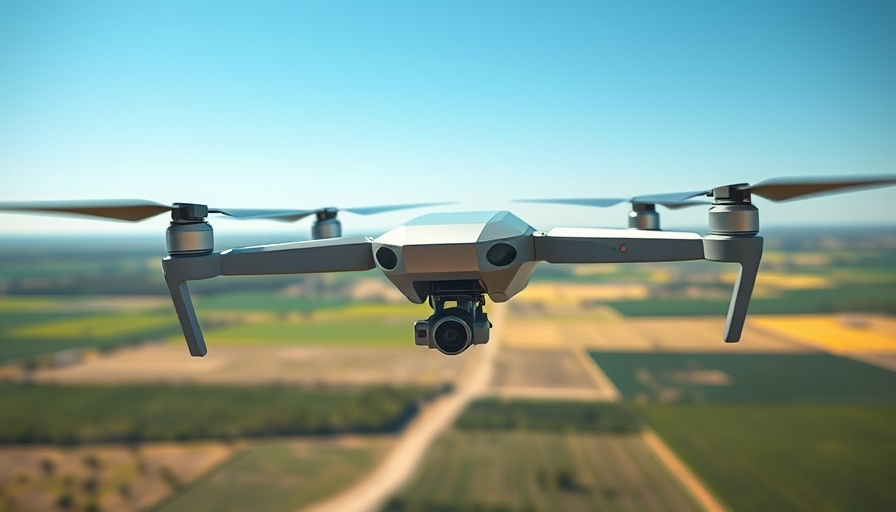
Germany's Helsing Takes a Quantum Leap in Military Drone Technology
In a bold move to bolster Ukraine's defense capabilities amid ongoing conflict, Germany's Helsing is ramping up its production of advanced drones, targeting a total of 6,000 HX-2 strike drones in addition to the already financed 4,000 HF-1 strike drones. The initiative reflects not only Helsing's adaptability but also a growing demand for innovative military solutions in unsettling global dynamics.
Understanding the HX-2 Strike Drone's Role
Launched in late 2024, the HX-2 kamikaze drone is part of Helsing's strategic pivot from an AI software startup to a formidable presence in the defense sector. While the capabilities of the HX-2 are underpinned by cutting-edge AI technology, its true advantage lies in the ability to conduct precision strikes autonomously, even in challenging scenarios where communication systems might falter.
Helsing co-founder Gundbert Scherf emphasized the company’s commitment: “We are scaling up production of HX-2 in response to additional orders from Ukraine.” This expansion comes at a critical moment, as talks to resolve the conflict in Ukraine raise questions about the future operational landscape.
The Technology Behind the Drones
Unlike many competitors, Helsing positions itself not just as a manufacturer but as a solutions provider that marries hardware with specialized software called the Altra platform. This blend of technologies enables swarming capabilities, allowing groups of drones to operate in coordination, enhancing tactical advantages on the battlefield. Co-founder Niklas Köhler stated, “We solve the hard problems in the software layer, not the electronics.”
Current Events and Their Implications for Drone Technology
The geopolitical context of such developments cannot be overlooked. The recent agreement between U.S. President Trump and Russian President Putin on negotiating peace highlights the shifting dynamics of military support. As the world watches closely, the role of drones in modern warfare is becoming more pronounced—both as tools of defense and as symbols of technological progress in the face of adversity.
Helsing's HX-2 offers a chilling glimpse into the future of warfare technology, where drones play an integral part in determining outcomes on the ground, illustrating the need for robust solutions in an increasingly complex conflict.
The Path Ahead: What This Means for Defense Technology
As drone technology evolves, Helsing is set to explore a whole range of products based on their HX-2 model, potentially transforming operational strategies in military applications. The investment in such technology not only bolsters defense but also stimulates a burgeoning industry in drone manufacturing, challenging the traditional military-industrial complex.
Furthermore, the integration of AI is not merely about making drones smarter but improving their effectiveness in real-time operations—a key factor that might redefine military engagements in the years to come.
Making Sense of the Future of Drone Warfare
Drones have proven pivotal in current conflicts, enabling militaries to maintain operational agility without risking personnel in every engagement. As enthusiasts and professionals alike watch the implications of companies like Helsing, one thing is clear: the arena of military applications for drones will only grow in significance.
For those intrigued by the intersection of technology and defense strategy, keeping an eye on advancements like those from Helsing will be crucial. This innovative approach embodies the future of warfare, altering how we perceive combat and defense in modern society.
 Add Row
Add Row  Add
Add 




Write A Comment